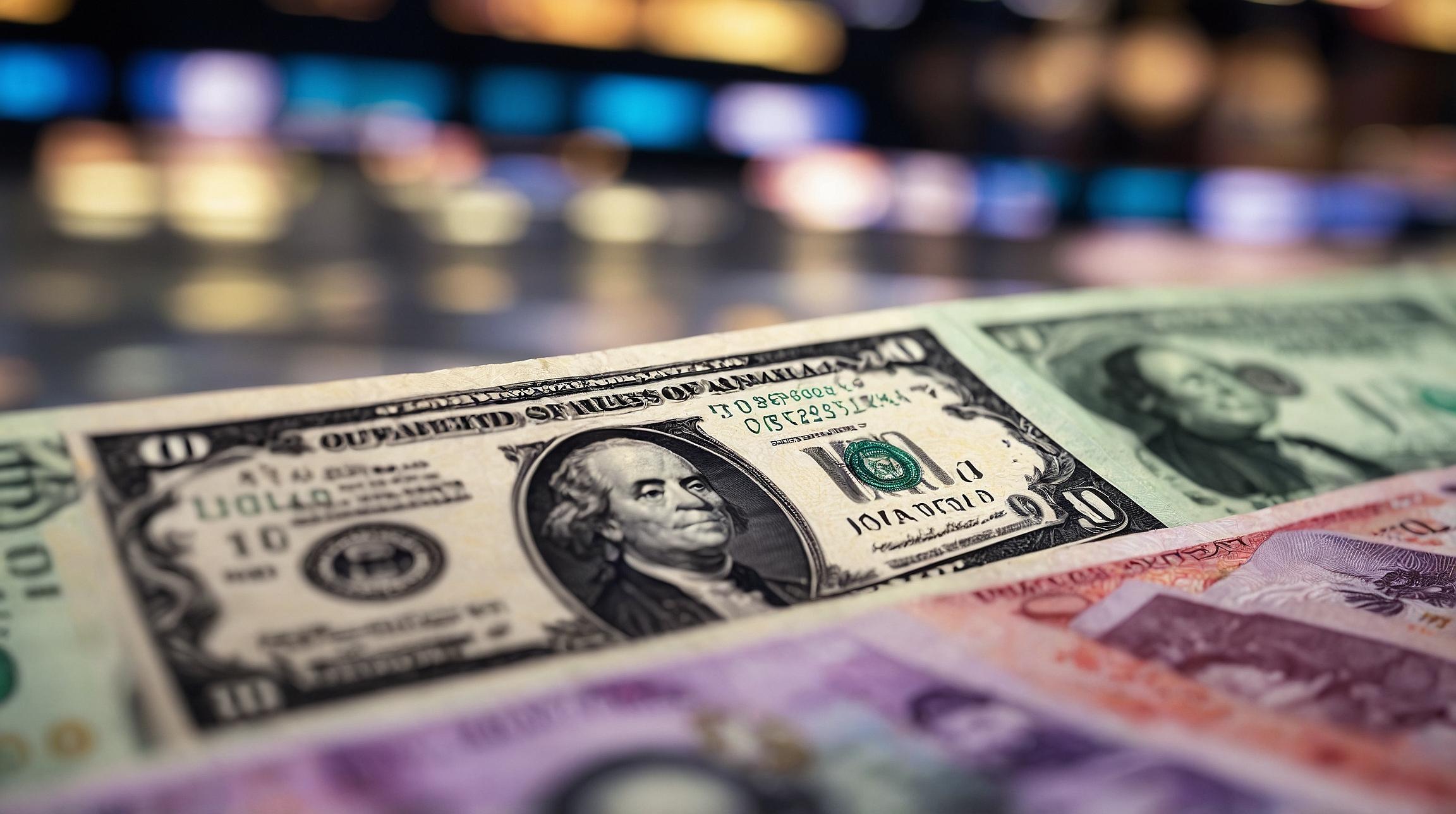U.S. Dollar Dips from 8-Week High Against Yen Amid Intervention Fears
The U.S. dollar dropped from its eight-week high against the Japanese yen on Monday. Traders are now cautious about possible intervention by the Japanese government to support their currency after it nearly reached 160 yen per dollar. Earlier, the dollar rose to 159.94, the highest since April 29, when the yen hit a 34-year low of 160.245. Back then, Japanese authorities had to spend roughly 9.8 trillion yen to help the currency. The yen briefly fell to 158.75 per dollar in European trading but later stabilized at 159.65 yen per dollar, a 0.1% decrease.
Why This Happened
Marc Chandler, chief market strategist at Bannockburn Forex in New York, explained, "The Japanese track record suggests they do not target a specific level. So why is the market testing the Bank of Japan (BOJ) again? One reason is skepticism about the merits of intervention when the interest rates are so different."
For instance, U.S. 10-year yields are at 4.251%, while Japanese government bonds of the same duration yield only 0.99%. This significant difference makes the dollar more attractive than the yen.
Japanese Authorities' Measures
Japan's top currency diplomat, Masato Kanda, stated that authorities would take appropriate steps if there is too much foreign exchange movement. He also mentioned that the inclusion of Japan in the U.S. Treasury's monitoring list wouldn't limit their actions.
The yen faced renewed pressure after the Bank of Japan (BOJ) decided to delay reducing bond-buying stimulus until its July meeting. This month, the yen has decreased by 1.4% against the dollar and is nearly 12% weaker this year.
Some policymakers at the BOJ's June policy meeting suggested raising interest rates promptly due to the risk of higher-than-expected inflation.
Focus on U.S. PCE Price Index
This week’s spotlight is on Friday's release of the U.S. Personal Consumption Expenditures (PCE) price index. The Federal Reserve uses this index to monitor progress in reducing inflation to its 2% target. If the data shows a decrease in price pressures, it might lead to a rate cut as soon as September. Currently, the futures market sees a 70% chance of this happening.
The dollar index, which measures the dollar against a basket of currencies including the yen and the euro, dropped by 0.4% to 105.46, falling from a nearly eight-week high of 105.91 reached last week.
Political Events Affecting the Market
Politics also play a significant role this week. The first U.S. presidential debate between President Joe Biden and former President Donald Trump is on Thursday after U.S. markets close. Brian Daingerfield, an FX strategist at Natwest Markets, noted that there is significant interest in whether the dollar is mentioned during the debate. Trump has criticized the dollar's value as being too strong in the past.
In France, the first round of voting in the French election is on Sunday. The euro, which has been under pressure since French President Emmanuel Macron called a snap election earlier this month, was up 0.4% at $1.0737. However, it's still down about 1% against the dollar in June.
Different Currencies Movements
- Euro: Up 0.4% to $1.0737, under pressure due to French election.
- Sterling (British Pound): Firmed 0.4% to $1.2690.
- Australian Dollar: Gained 0.2% to US$0.6655.
- New Zealand Dollar: Rose 0.2% to US$0.6129.
- Chinese Yuan: Trading at 7.2598 per dollar, close to a seven-month low.
Cryptocurrency Movements
In the cryptocurrency market:
- Bitcoin fell to $59,619.21, its lowest since May 2nd, and was last down 6% at $60,319.00.
- Ether (Ethereum) dropped 6.3% to $3,302.
Currency Prices at June 24, 07:15 p.m. GMT
- Dollar index: 105.46
- Euro/Dollar: 1.0735
- Dollar/Yen: 159.65
- Euro/Yen: 170.86
- Dollar/Swiss: 0.8929
- Sterling/Dollar: 1.2688
- Dollar/Canadian: 1.3653
- Aussie/Dollar: 0.6658
- Euro/Swiss: 0.9583
- Euro/Sterling: 0.8458
- NZ Dollar/Dollar: 0.6128
- Dollar/Norway: 10.5348
- Euro/Norway: 11.3091
- Dollar/Sweden: 10.4754
- Euro/Sweden: 11.2464













